- Home
- Increase revenues
- Evergreen
A SaaS-platform for license renewals
Flaherty & O’Hara — one of the largest liquor licensing practices in the country — needed custom software to help them streamline their operations. The internal platform we created proved so effective that it sparked a vision for subscription-based client self-service solutions. The market response has been tremendous, providing opportunities to scale and expand to other license types.
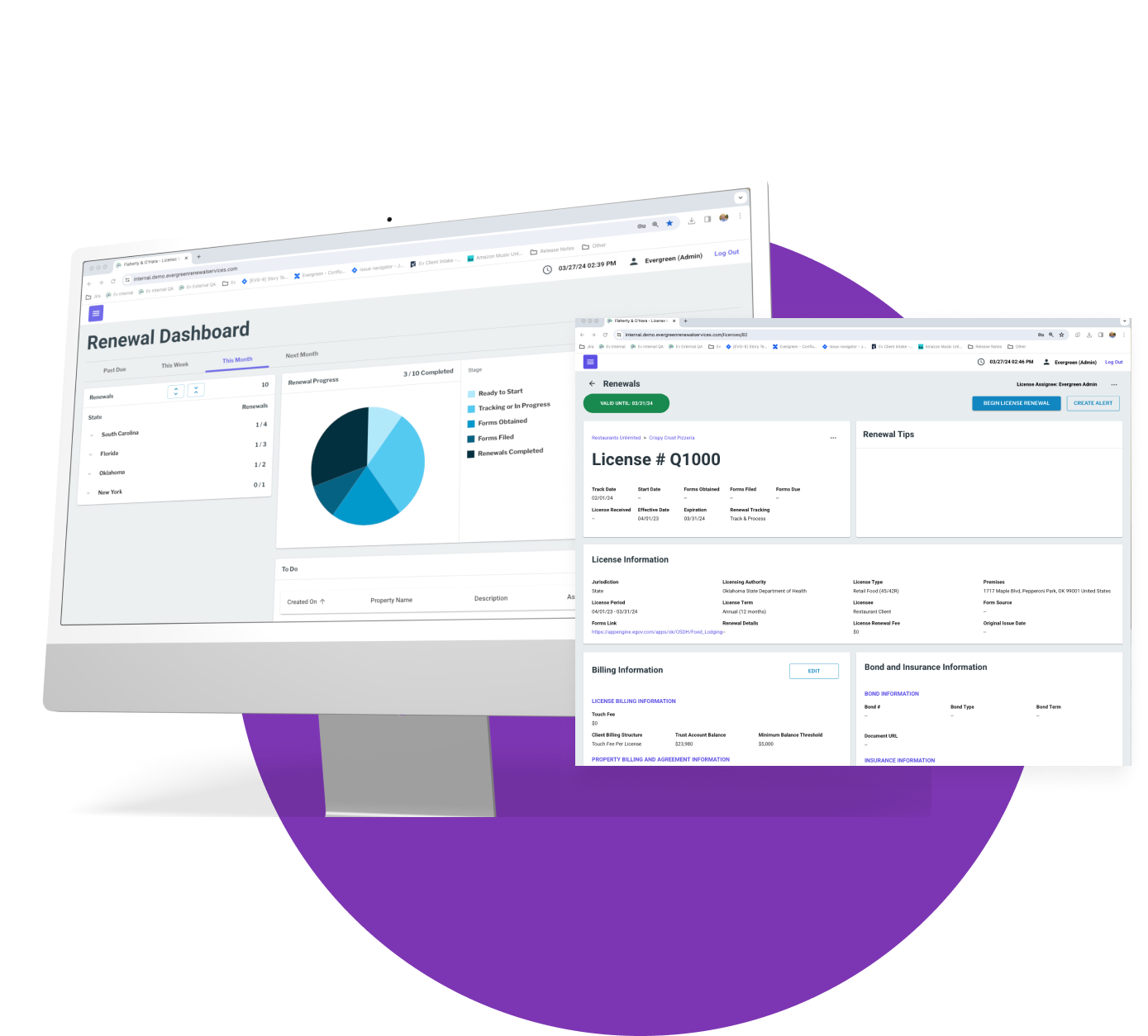
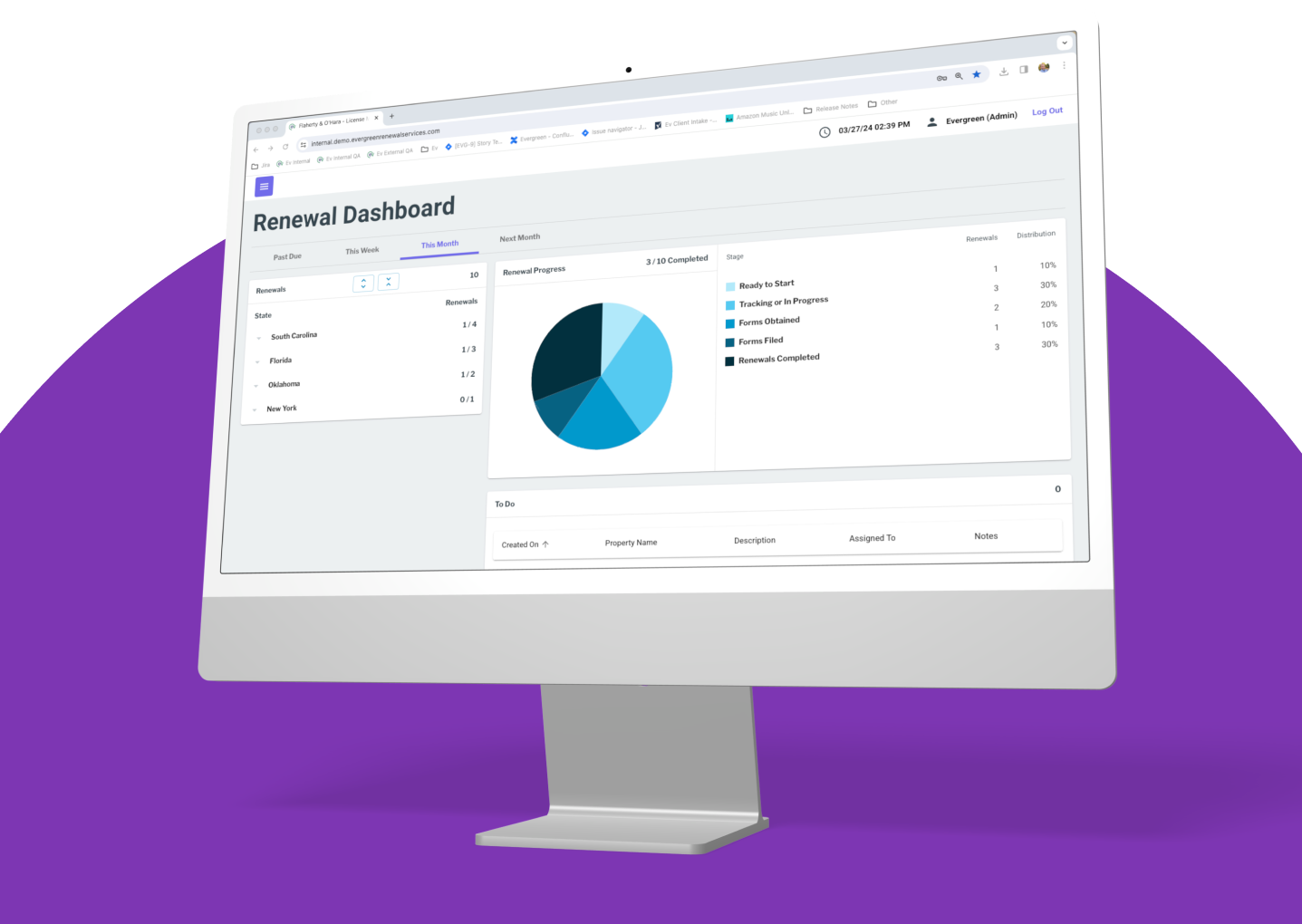
At-a-Glance
Initially, Truefit focused on how a web application could reduce the time to file individual renewals and streamline their renewal process. As that proved to be effective, new features emerged to support a higher volume of renewals. Truefit helped the client expand their full-service model to include SaaS and hybrid options. Today clients can serve themselves and receive legal support when needed.
Delivering customer value that creates business impact
Desired business impact- Increase revenues for the firm
- Decrease costs to clients
- Improve renewal accuracy
- Document renewal rules and procedures across the country
- Include additional license types (non liquor operational permits, pharmacy, etc.)
- Easy-to-use interface
- Helpful dashboards to track progress of higher volumes of renewals
- Easy to associate licenses and properties for each client
- Helpful instructional content for thousands of jurisdictions around the country
- Convenient FedEx shipping label integration
- Accurate, up-to-date reconciliation of payment to/from trust funds
Impacts to date
Annual growth (CAGR) of over 20% per year since launching in 2020
6x more license renewals processed through Evergreen while maintaining same number of staff
Expansion to additional license types including lottery, pharmacy, tobacco, and all operational permits in addition to liquor renewals
"Truefit has been a great partner for our firm." — Thomas Henry, Managing Partner
Product Details
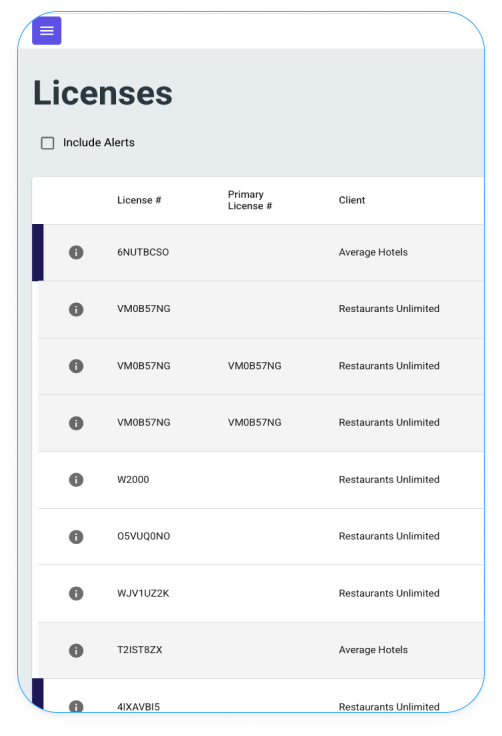
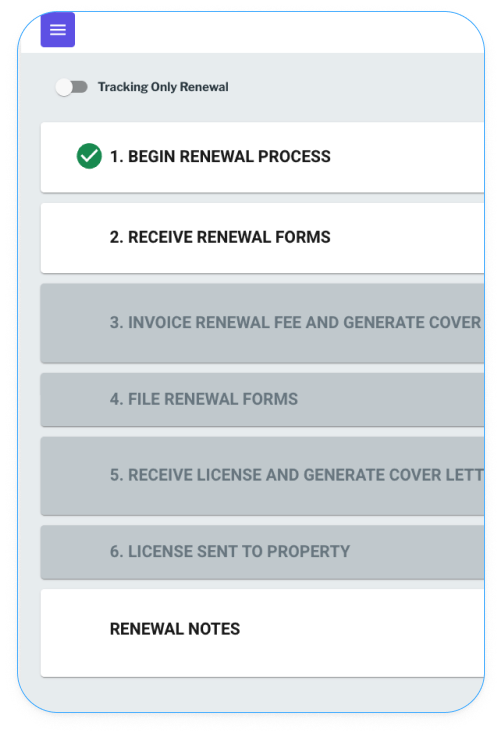
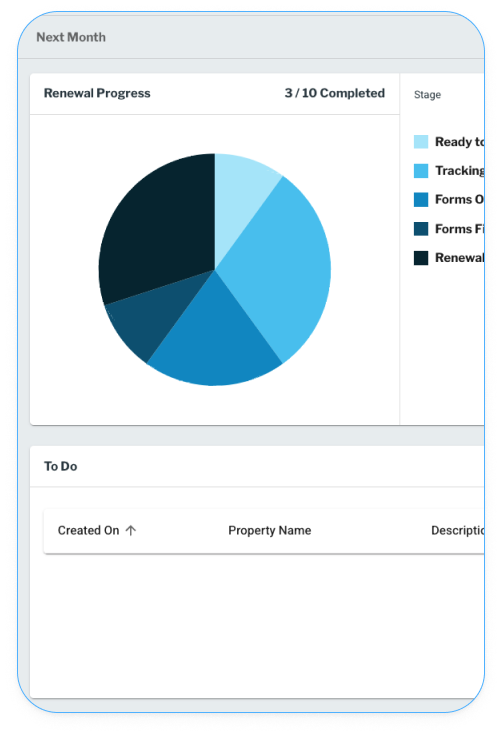
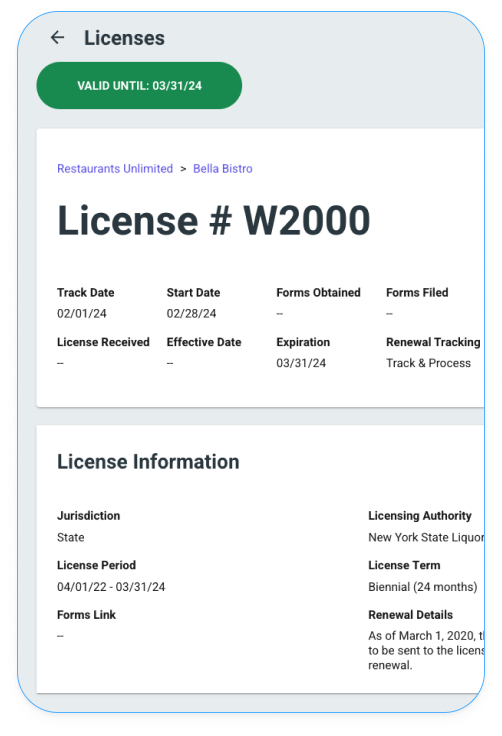
How we did it
Kickoff
We learned about our clients product vision and strategy, business and technical requirements.
Understand stakeholder needs
We collected insights from different stakeholders about their needs and the outcomes they were prioritizing for the business.
Product strategy
We defined and prioritized problems that would guide our early explorations of possible solutions. We aligned all our stakeholders on the technology recommendations.
System architecture
The original build was primarily oriented around internal stakeholders who were using the software to facilitate their legal services business. But we were able to architect a path that would set the foundation for client portals and secure logins for greater collaboration and self-service.
Design foundations
We collaborated as a team to define information architecture, content models, and key workflows for each feature. As design patterns started to emerge we explored visual UI style options with their designer to stay on brand.
Usability testing
We made sure that all the functionality and content was easy-to-use and navigate by observing internal users working through key workflows to identify improvements.
Release planning
We collaborated with our client to generate a backlog and plan the build of the software in a way that met the key milestones needed to deliver on time and in budget.
Build, build, build!
We designed, coded, and tested on a weekly basis until we were feature complete for the first release. Progress was demoed on a bi-weekly basis.
Launch the software
Once the app was ready, we assisted our client in deploying the app to their production servers. The impact on workflow and client satisfaction was immediate. These measurable improvements soon helped them handle larger workloads for an increasingly diverse range of clients.